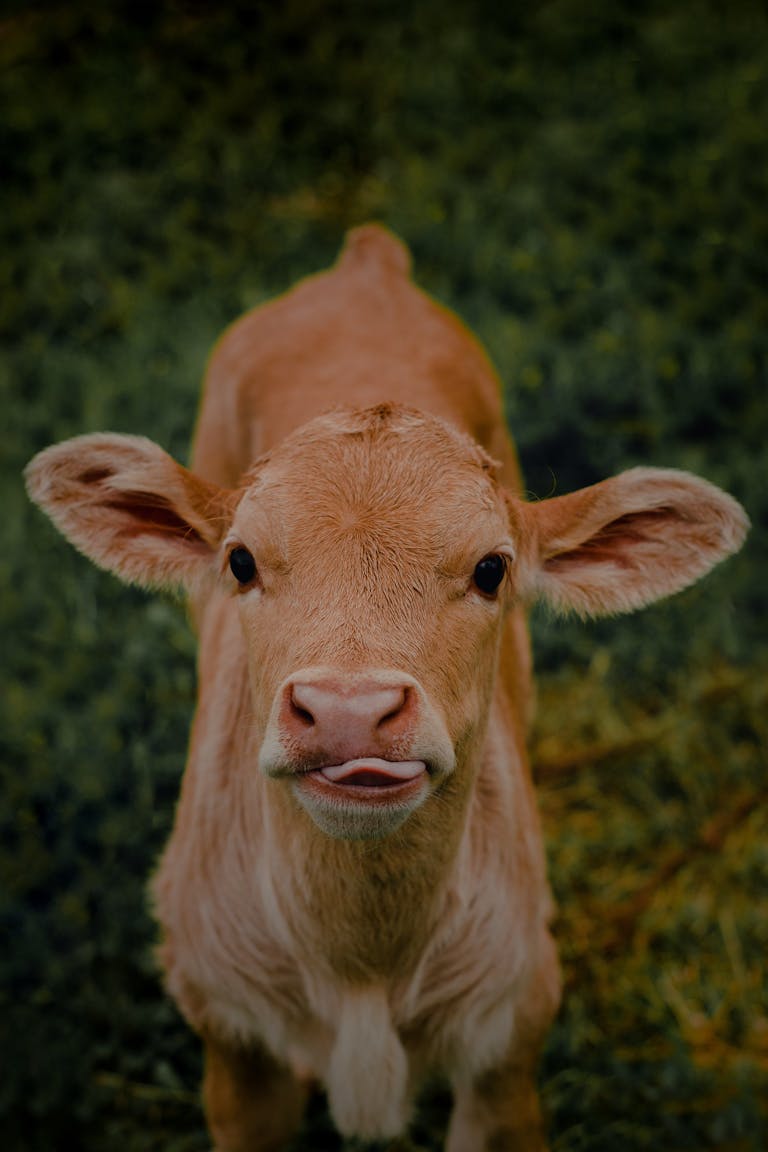What Is The Past Tense of Wear?
This post may contain affiliate links. I may receive a commission for purchases made through these links at no additional cost to you.
- The past tense of wear is “wore”
- The past participle is “worn”
- “Wear” does not follow regular verb rules

What’s the Difference Between ‘Wore’ and ‘Worn’?
The main distinction comes down to grammatical properties:
‘Wore’ is classified as the simple past tense of wear. Use “wore” when talking about something in the past:
- I wore my blue dress yesterday.
- She wore a suit to her interview.
‘Worn’ is the past participle. Use “worn” with helping verbs like “have” or “had”:
- I’ve worn this coat for years.
- She had worn a bun in her hair.
Forming the Past Tense of Wear
So how do we form the past tense of ‘wear’?
Simple Past Tense of Wear: Wore
Past Participle of Wear: Worn
Examples:
Simple past: John wore his new suit to the wedding.
Past participle: Sarah has worn those shoes many times.
Other irregular past tenses:
Understanding Past Tense of Wear vs Past Participle
Past Tense
- Describes an action completed in the past.
- Used by itself to form the simple past.
Past Participle:
- Forms perfect tenses like present perfect and past perfect.
- Always used with a helping verb (have, has, had).
How to Conjugate Wear
Present Tense:
- I/You/We/They wear
- He/She/It wears
Past Tense:
- I/You/He/She/It/We/They wore
Future Tense:
- I/You/He/She/It/We/They will wear
Does The Veb Wear Conform To Regular or Irregular Conjugation?
Unlike most verbs, “wear” is irregular. It’s past forms don’t follow the regular -ed pattern. Irregular verbs must be memorized.
Example Sentences Using ‘Wore’ and ‘Worn’
Wore (simple past):
- I wore jeans to the barbecue.
- They wore sunscreen at the beach.
Worn (past participle):
- I have worn this necklace for years.
- The kids had worn their shoes out by summer.
Other Verb Tenses of ‘Wear’ With Examples
Perfect Tenses:
- Present Perfect: She has worn those gloves twice.
- Past Perfect: They had worn boots on the hike.
- Future Perfect: I will have worn this outfit many times.
Progressive Tenses:
- Present Progressive: They are wearing coats today.
- Past Progressive: We were wearing winter clothes yesterday.
- Future Progressive: You will be wearing a costume at the party.
Continuous Tenses:
- Present Continuous: John is wearing a suit right now.
- Past Continuous: I was wearing stripes
- Past Perfect Continuous: He had been wearing glasses.
Verbal forms of wear
- Base Form: wear
- Present Participle: wearing
- Past Participle: worn
The base form ‘wear’ can be used as:
- A present tense verb (I wear)
- An infinitive (To wear)
- An imperative (Wear your coat!)
The present participle ‘wearing’ has several uses:
- As a verb form (He is wearing)
- As a gerund (Wearing hats is fun)
- As an adjective (The wearing team lost)
The past participle ‘worn’ is used:
- With ‘have/has/had’ for perfect tenses (I have worn)
- As an adjective (The worn shoes)
Common Mistakes To Avoid
- A frequent error is saying “I had wore” instead of “I had worn”. Recall ‘worn’ is required with ‘had’ to form the past perfect tense.
- Another mixup is using ‘wore’ incorrectly with have/has (e.g. “He has wore”).
Definition and Usage of ‘Wear’
The verb ‘wear’ has a few different definitions:
- To carry or have on the body/self.
Examples:
- She wears glasses.
- I’m wearing a jacket.
- To bear or have as an indication, expression, or appearance.
Examples:
- He wore a worried look.
- The building wears a coat of green ivy.
- To use up, deteriorate, or make less by wearing/friction.
Examples:
- The brakes are starting to wear.
- The path was worn by years of use.
- To endure, suffer, or experience over time.
Examples:
- He wears the frustrations of the job well.
- The team wore down their opponents.
‘Wear’ can be used both literally (to have clothing/accessories on) and figuratively (to exhibit an expression or undergo deterioration).
Origin of the Word ‘Wear’
‘Wear’ traces back to the Old English word ‘werian’ meaning to carry, put on, or be dressed in. This derived from the Proto-Germanic ‘warjanan’.
It’s related to other Germanic words like:
- Dutch ‘wareeren’ (to last)
- Old Norse ‘verja’ (to clothe)
- Gothic ‘wasjam’ (garment)
By the 12th century, ‘wear’ had taken on extended senses beyond just clothing, such as exhibiting expressions and gradually deteriorating over time.
So while we now use ‘wear’ quite broadly, its original sense was very physically oriented around clothing and gear that is born or carried on the body.
In Summary
While ‘wear’ is an irregular verb, understanding the difference between ‘wore’ and ‘worn’ is straightforward:
Use ‘wore’ for simple past tense (e.g. I wore)
Use ‘worn’ when combining with have/has/had for perfect tenses (e.g. I have worn)
With some practice using ‘wore’ and ‘worn’ properly, it will become second nature. Just be mindful of common mistakes, and you’ll wear these past tense forms well!





